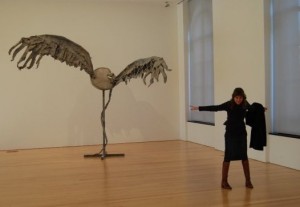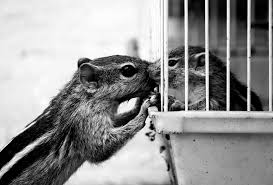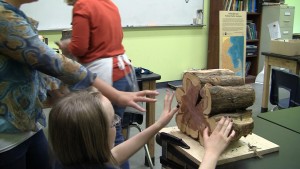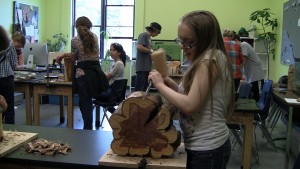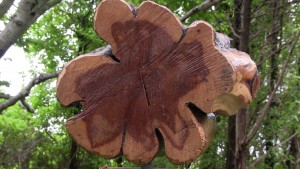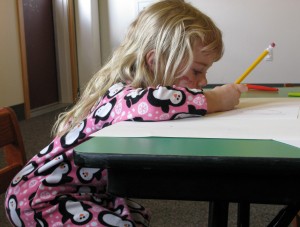 Evolutionarily, as vertebrate beings, we first developed the capacity to move in and sense our world as fish, amphibians and reptiles. Developmentally we humans pass though stages of the neurological movement patterns created by these ancestors. Through moving-sensing-perceiving we are able to communicate with—kinesthetically know—our surroundings.
Evolutionarily, as vertebrate beings, we first developed the capacity to move in and sense our world as fish, amphibians and reptiles. Developmentally we humans pass though stages of the neurological movement patterns created by these ancestors. Through moving-sensing-perceiving we are able to communicate with—kinesthetically know—our surroundings.
As mammals, we specialized in the development of a complex evaluation system of feeling-emotional meanings inherent in our moving-body experience. These feeling-emotional meanings are the core of empathetic relationship and communication.
 Encoded in body-mind are moving and feeling prototypes of experience which, through memory, become the building blocks for imagery in every sensory modality. These building blocks make up imagination, dreaming and meanings across sensory modalities—how the call of a loon can evoke a smooth cylindrical feeling. This is metaphorical and analogical—aesthetic—meaning-making. It is experiential.
Encoded in body-mind are moving and feeling prototypes of experience which, through memory, become the building blocks for imagery in every sensory modality. These building blocks make up imagination, dreaming and meanings across sensory modalities—how the call of a loon can evoke a smooth cylindrical feeling. This is metaphorical and analogical—aesthetic—meaning-making. It is experiential.
These are non-verbal ways of knowing and communicating. Their action is to relate to the world holistically, to connect with life through kinship.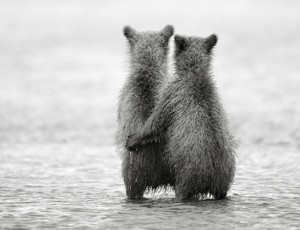
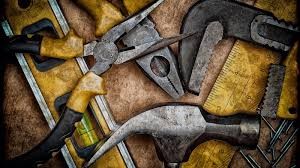
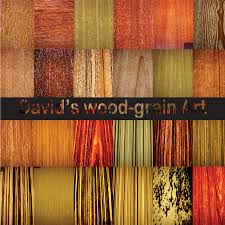 We humans have also
We humans have also
developed
another way of knowing the world. It springs from and is secondary to the long evolution of the primary non-verbal intelligences. We developed a way of knowing the world piecemeal and linearly. We developed the capacity to take experience out of context and abstract it into categories. We developed the ability to symbolize. This way of knowing about the world is about objectifying, analyzing, interpreting and controlling the world to meet human ends.

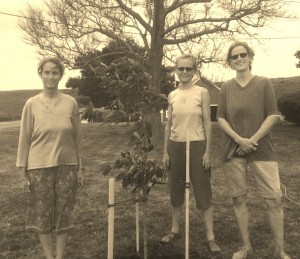 These two ways of knowing are necessary for successful human being in the world. From a neuroscience
These two ways of knowing are necessary for successful human being in the world. From a neuroscience
perspective, our piecemeal and objectifying intelligences are organized and expressed through our left-brain. Our non-verbal intelligences are organized and
expressed through our right- brain. When these two brains work together in partnership, human potential is furthered.
But what is misunderstood by Western culture, and therefore mainstream educational practices concerning child development and natural learning, is that right-brain ways of being in relationship with world is primary. Developmentally it is the basic way humans need to be engaged in learning until roughly eleven years. This includes an overlapping transitional period into more left-brain, as well as whole-brain, processing from age seven to thirteen.
That means that right brained emotional-relational, playful, explorative, hands-on, imaginative, creative, inventive, improvisational, project-based and artistic engagement in school learning is the appropriate context in which to allow the learner to discover, integrate and cultivate left-brain skills.
This way is part of a teaching and learning process I call Arts with Literacy Integration®—the opposite of the way it is thought of and taught in standard curriculum.
~~~~~~~~~~~~~~~~~~
Photo Credits: Friend, 8 Goggle Search, Friend,
3 Rebecca R. Burrill, Barbara Cole Kirk, Respectively
